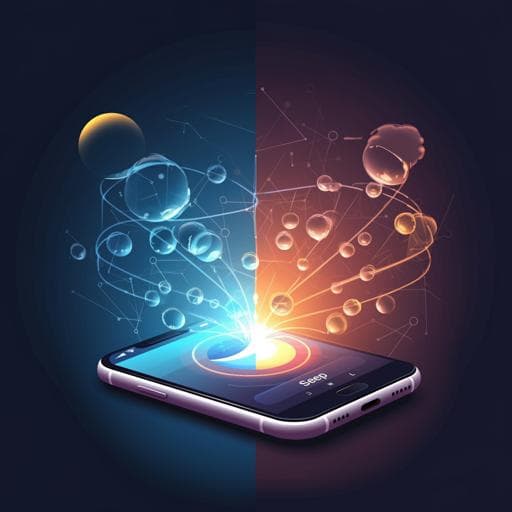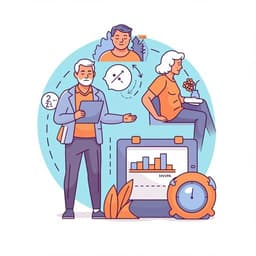
Medicine and Health
Monitoring sleep using smartphone data in a population of college students
C. Langholm, A. J. S. Byun, et al.
Discover groundbreaking research by Carsten Langholm, Andrew Jin Soo Byun, Janet Mullington, and John Torous on how smartphone sensors can effectively monitor sleep in college students. This innovative study found a strong correlation between sensor-based and self-reported sleep durations, paving the way for practical and scalable sleep monitoring solutions using everyday technology.
~3 min • Beginner • English
Related Publications
Explore these studies to deepen your understanding of the subject.







